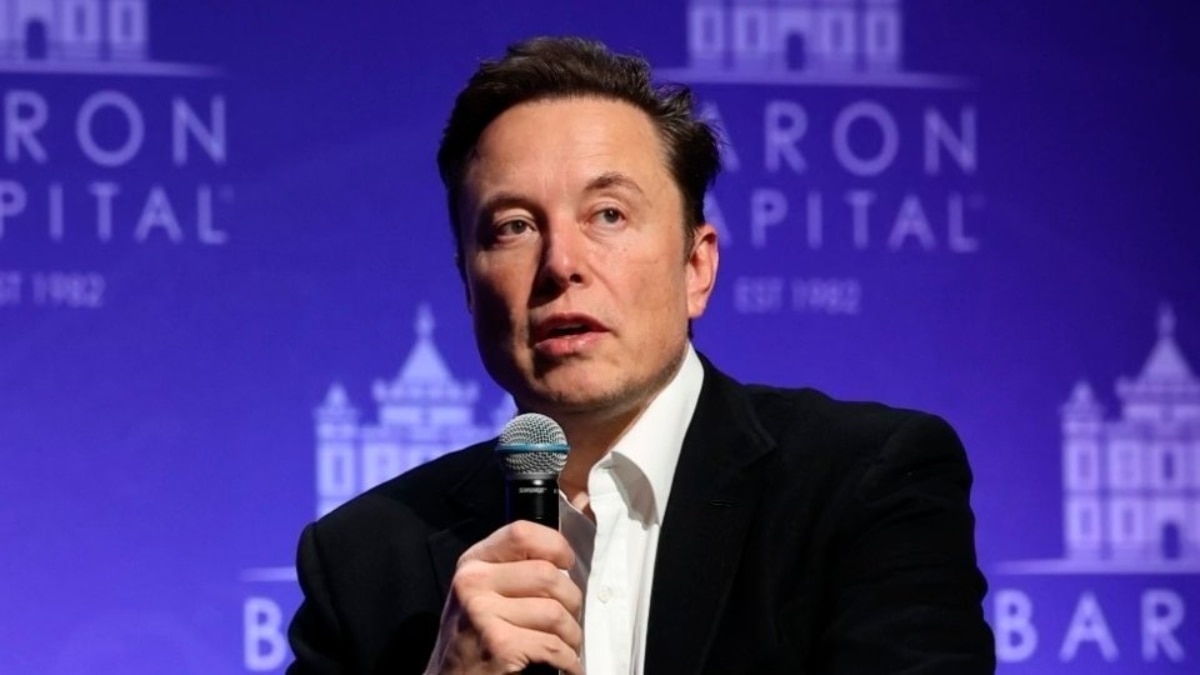
<p>Starlink, the satellite internet service operated by Elon Musk’s SpaceX, suffered a significant global outage on Thursday, temporarily disconnecting users across continents in one of the platform’s most extensive blackouts to date. As reported by Reuters, the outage lasted roughly two and a half hours and affected tens of thousands of users, with the issue traced back to internal software faults within Starlink’s core network.</p>
<p>The disruption began around 5:30 PM IST (3 pm EDT), with outage tracker Downdetector reporting more than 61,000 complaints in the United States alone. Similar complaints were seen from users in Europe and other regions. Starlink, which serves over 6 million customers across more than 70 countries, experienced a rare total service failure.</p>
<p>Although Starlink has faced smaller outages before, experts described the scale and duration of this one as highly unusual.</p>
<p>
<script src=”https://platform.twitter.com/widgets.js” async=”” charset=”utf-8″></script>
</p>
<h3><span style=”color: #ba372a;”><strong>Engineers Acknowledge Software Fault</strong></span></h3>
<p>In an update shared on X, Starlink’s engineering team acknowledged the service issue and began work to restore connectivity. Michael Nicolls, vice president of Starlink Engineering, stated, “The outage was due to failure of key internal software services that operate the core network.” He confirmed the team was actively working on a fix and investigating the root cause to prevent a recurrence.</p>
<p>Shortly after services began to recover, Elon Musk posted on X, “Sorry for the outage. SpaceX will remedy root cause to ensure it doesn’t happen again.”</p>
<p>Doug Madory, director of internet analysis at Kentik, noted the significance of the disruption. “This is likely the longest outage ever for Starlink, at least while it became a major service provider,” he said.</p>
<blockquote class=”twitter-tweet”>
<p dir=”ltr” lang=”en”>Service will be restored shortly. <br /><br />Sorry for the outage. <br /><br />SpaceX will remedy root cause to ensure it doesn’t happen again. <a href=”https://t.co/q1bsTVtMZ7″>https://t.co/q1bsTVtMZ7</a></p>
— Elon Musk (@elonmusk) <a href=”https://twitter.com/elonmusk/status/1948480899579887651?ref_src=twsrc%5Etfw”>July 24, 2025</a></blockquote>
<p>
<script src=”https://platform.twitter.com/widgets.js” async=”” charset=”utf-8″></script>
</p>
<h3><span style=”color: #ba372a;”><strong>Recovery Began Within Hours</strong></span></h3>
<p>Service began returning after about two and a half hours, with engineers reporting “network is now mostly recovered.” The team at Starlink continued monitoring the systems closely while working on permanent improvements to the network.</p>
<p>Gregory Falco, an assistant professor at Cornell University, observed similarities with past technical crises. “It’s kind of like CrowdStrike all over again,” he said, referencing a recent IT incident involving a faulty software update.</p>
<h3><span style=”color: #ba372a;”><strong>Growing Network Faces Pressure</strong></span></h3>
<p>Since its launch in 2020, Starlink has deployed more than 8,000 satellites in low-Earth orbit and is expanding services through partnerships such as one with T-Mobile to support mobile messaging via satellite. As its infrastructure scales, so too do the risks of single points of failure, especially as more communities rely on Starlink in regions with poor terrestrial internet access.</p>
<p>While the service has largely recovered, the incident raised questions about the resilience of satellite internet infrastructure and the need for robust systems to manage increasingly global demand.</p>








